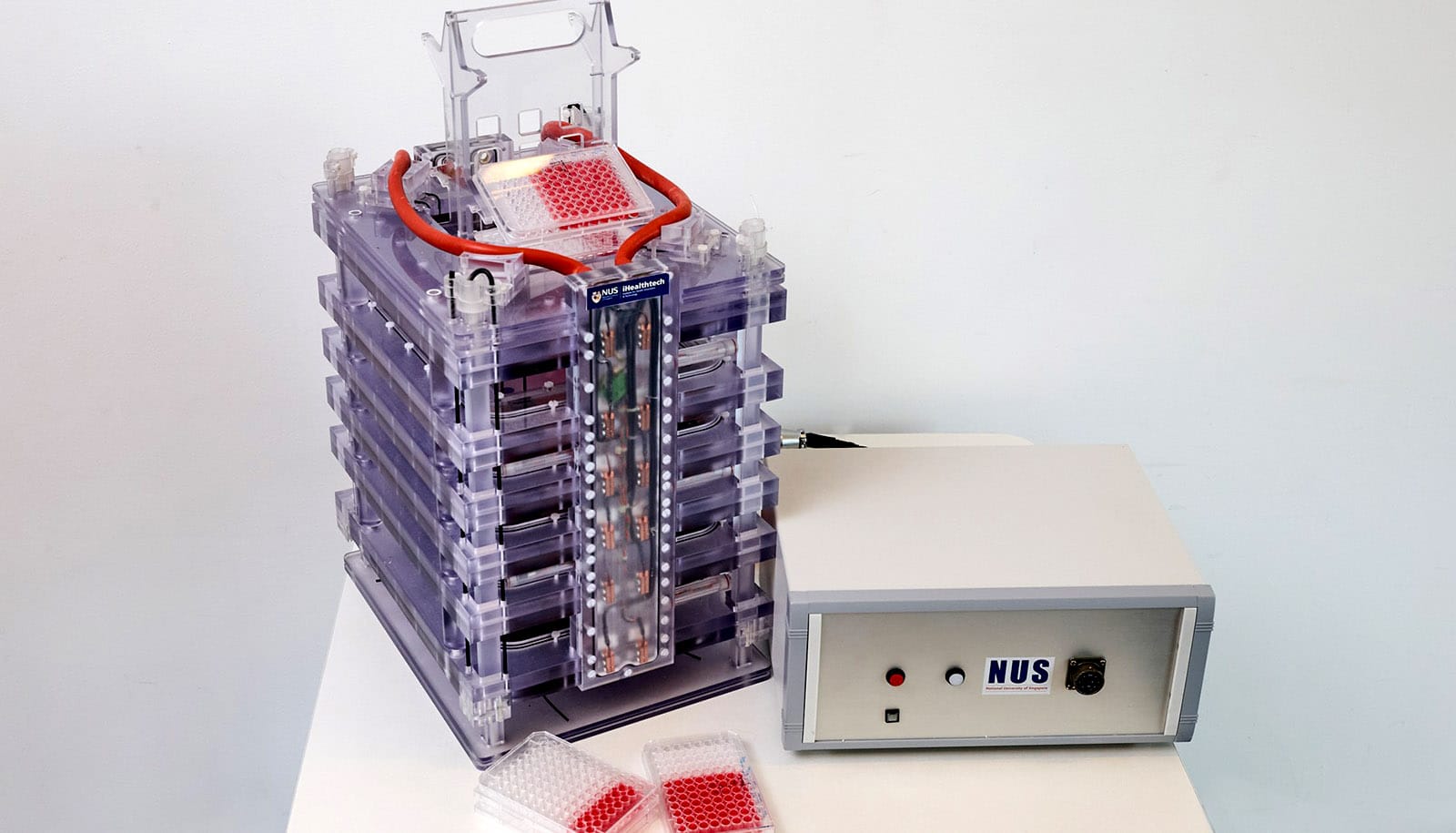Scientists have found a novel way of growing cell-based meat by zapping animal cells with a magnet.
Cultured meat is an alternative to animal farming with advantages such as reducing carbon footprint and the risk of transmitting diseases in animals. However, the current method of producing cultured meat involves using other animal products, which largely defeats the purpose, or drugs to stimulate the growth of the meat.
To cultivate cell-based meat, animal cells are fed animal serum—usually fetal bovine serum (FBS), which is a mixture harvested from the blood of fetuses excised from pregnant cows slaughtered in the dairy or meat industries. This helps the cells grow and proliferate. It’s a critical yet expensive step in the current cell-based meat production process.
Ironically, many of these molecules come from the muscles within the slaughtered animal, but scientists did not know how to stimulate their release in production scale bioreactors. Other methods to promote cell growth are using drugs or relying on genetic engineering.
The complex production process for cell-based meat increases cost, limits the manufacturing scale, and undermines the commercial viability of cell-based meat.
To help address this challenge, a research team led by associate professor Alfredo Franco-Obregón of the National University of Singapore (NUS) Institute for Health Innovation & Technology and the NUS Yong Loo Lin School of Medicine, came up with an unconventional method of using magnetic pulses to stimulate the growth of cell-based meat.
The new technique uses a delicately tuned pulsed magnetic field developed by the team to culture myogenic stem cells, which are found in skeletal muscle and bone marrow tissue.
Franco-Obregón explains, “In response to a short 10-minute exposure to the magnetic fields, the cells release a myriad of molecules that have regenerative, metabolic, anti-inflammatory, and immunity-boosting properties. These substances are part of what is known as the muscle ‘secretome’ (for secreted factors) and are necessary for the growth, survival, and development of cells into tissues. We are very excited about the possibility that magnetically-stimulated secretome release may one day replace the need for FBS in the production of cultured meat.”
He adds, “The muscle knows how to produce what it needs to grow and develop—it simply needs a little bit of encouragement when it is outside its owner. This is what our magnetic fields can provide.”
The research team reports their findings in the journal Biomaterials. A patent has also been filed for this novel technology and the team is currently in active discussions with potential industry partners to commercialize the technology.
Source: NUS



